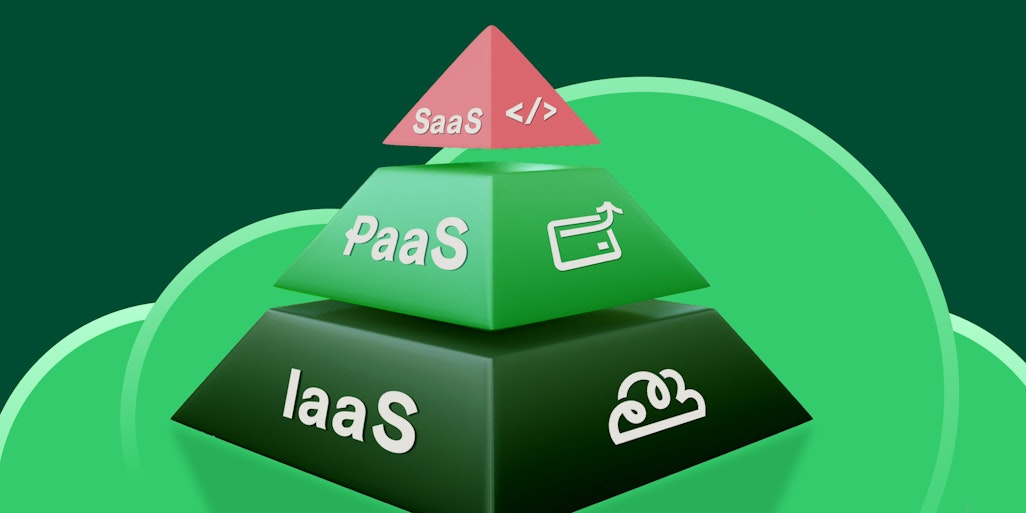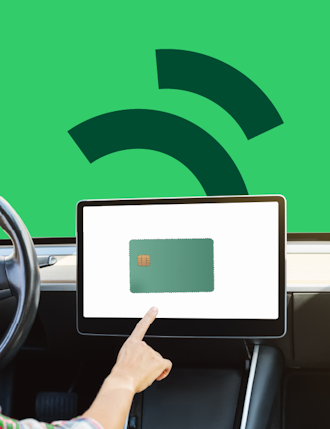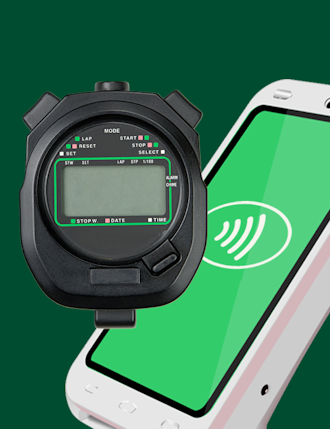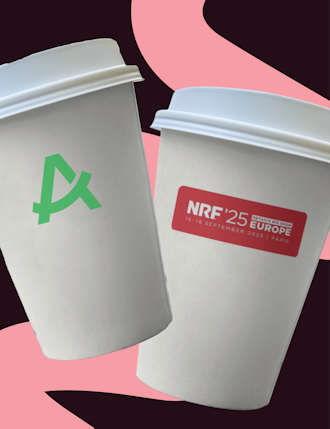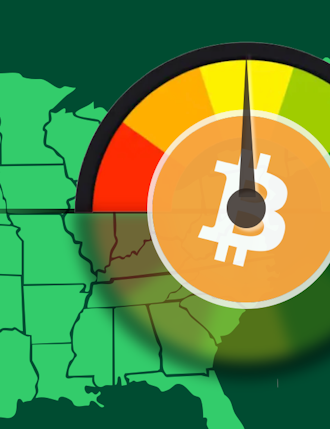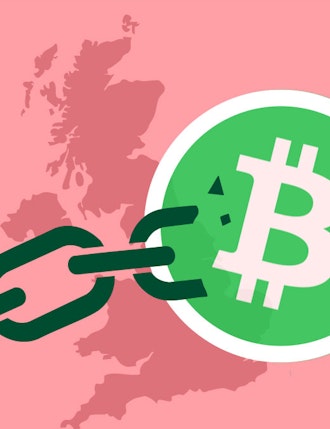Key Insights
-
IaaS (Infrastructure as a Service) provides businesses with virtual infrastructure, offering flexibility and scalability, but requires skilled IT teams to integrate payment systems.
-
PaaS (Platform as a Service) allows businesses to develop custom applications with built-in tools, simplifying the integration of tailored payment solutions across customer touchpoints.
-
SaaS (Software as a Service) offers ready-to-use software solutions with built-in payment processing, making it ideal for small businesses looking for an all-in-one, low-maintenance option.
Don't have time to read more now? Sign up to our newsletter to get the latest insights directly in your inbox.
As businesses grow and change, finding ways to improve operations while remaining flexible becomes the holy grail in staying competitive. Cloud computing offers various solutions, but choosing the right one isn’t always simple. IaaS, PaaS, and SaaS each play a specific role in helping companies achieve their goals, but understanding how these models differ, and how they integrate with your payment systems is the sweet spot, and ultimately key to aligning your technology with the financial needs of your business.
Let’s explore PaaS, SaaS and IaaS in more detail and apply their benefits to specific use cases to get a better understanding of what might be right for you.
What is IaaS?
IaaS offers businesses a virtual infrastructure, including servers, storage, networking, and virtualization. Think of it as leasing a piece of land. You get the foundation, and you have the flexibility to build whatever you want on top of it. You're in control of what you construct, but the burden of designing and maintaining the structure falls on you.
Popular IaaS providers include:
- Microsoft Azure
- AWS (Amazon Web Services)
- Google Cloud
- Rackspace
An example of IaaS in use:
Take a large e-commerce company that needs the capacity to handle fluctuating traffic, especially during peak times like the holiday season. Rather than investing in physical servers, the company can use IaaS from providers like AWS or Google Cloud to scale up or down as needed. This reduces costs, and offers flexibility to adapt quickly.
Payments in IaaS:
Payments platforms integrated within IaaS models give businesses the flexibility to scale their payment processing as their infrastructure scales. This is especially useful during high-traffic periods when transaction volumes spike. However, integrating payments at this level often requires skilled IT teams, as you’re dealing with complex infrastructure. For example, Aevi's work on orchestrating a seamless omnichannel ecosystem highlights how merchants can use tailored platforms to handle payments across multiple touchpoints efficiently.
What is PaaS?
PaaS takes things a step further, where a third party provides the infrastructure, plus the development tools and resources needed to build custom applications. These offerings enable businesses to develop, run, and manage business applications without maintaining the infrastructure required for such software development processes. Returning to our analogy, PaaS is like leasing the land and getting the tools to build, but you don't need to worry about setting up plumbing or electricity. This is taken care of, allowing you to focus on creating your building.
Popular PaaS providers include:
- Microsoft Azure
- Google App Engine
- AWS Elastic Beanstalk
- Red Hat OpenShift
- Oracle Cloud Platform (OCP)
- Force.com
An example of PaaS in use:
A software development company working on a new app for small businesses might use PaaS to streamline their development process. Rather than building an entire infrastructure from scratch, they can use pre-built tools and libraries to accelerate development. This allows them to focus on innovating rather than worrying about the underlying hardware and software.
Payments in PaaS:
PaaS can be a great choice for businesses looking to integrate custom payment solutions into their platforms. Developers can leverage the tools and frameworks provided to build specialized payment systems or integrate third-party payment services, allowing for a smooth payment experience across different customer touchpoints. In fact, as small and medium-sized merchants focus on growing their customer base through loyalty programs, PaaS solutions help them easily integrate these features into their applications. You can find out more about this in our PaaS explanation article that talks specifically about how merchants can utilize PaaS to great effect.
What is SaaS?
SaaS is like renting a fully furnished apartment. You don't have to build anything or worry about maintenance, you simply move in and start using the space. SaaS delivers ready-to-use software solutions via the cloud, allowing businesses to access applications without having to manage the underlying infrastructure or platform.
Popular SaaS providers include:
- Dropbox
- Square
- Shopify
- BigCommerce
- Google Workspace
- Salesforce
- Hubspot
An example of SaaS in use:
A small retail store might use SaaS for their point-of-sale system. Rather than building and managing their own software, they can use a SaaS product like Square or Shopify to handle everything from sales transactions to inventory management. This simplifies operations to the max and saves the business owner a lot of time and resources.
Payments in SaaS:
In the SaaS model, payment processing is often a built-in feature. Most SaaS solutions come with integrated payment systems, so businesses don’t have to worry about setting up or managing separate payment platforms. This is particularly useful for small businesses that want an all-in-one solution. Stores that navigate peak shopping periods, like Cyber Five, use SaaS-based solutions, which allows merchants to efficiently handle high transaction volumes without having to manage the backend themselves.
IaaS vs PaaS vs SaaS - How to choose the right model
Deciding between IaaS, PaaS, and SaaS largely depends on the needs of your business. If you require complete control over your infrastructure and have the in-house expertise to manage it, IaaS may be the right fit. On the other hand, if you're looking to build custom applications but want to offload some of the heavy lifting, PaaS offers a great balance between flexibility and ease of use. And finally, if you're after a ready-to-go solution that requires little to no maintenance, SaaS is the way to go.
Overall:
- IaaS is ideal for large businesses with fluctuating infrastructure needs and dedicated IT teams. It offers maximum control but requires skilled resources to manage.
- PaaS is perfect for developers and businesses focused on building custom apps without worrying about managing the underlying infrastructure.
- SaaS is the go-to for small businesses or organizations looking for a quick, easy-to-use solution without the need for technical expertise.
Where payments fit in to IaaS, PaaS and SaaS
Regardless of the model you choose, payments are a critical component that must integrate harmoniously with your system. IaaS provides the most control over payments but requires significant technical expertise. PaaS gives developers the tools to build custom payment solutions tailored to specific business needs, while SaaS simplifies everything by bundling payments into an all-in-one package.
Looking at modern commerce, our cloud-based orchestration platform is at the forefront of transforming payment ecosystems across these models. Whether you're building a customized merchant platform or using a fully integrated solution, ensuring that your payments infrastructure is robust and scalable is crucial. Aevi’s platform helps merchants orchestrate a flexible and secure payment ecosystem across various channels, delivering an enhanced customer experience all round. Let’s talk about how we can utilize this platform to help take your payment solutions to the next level.
